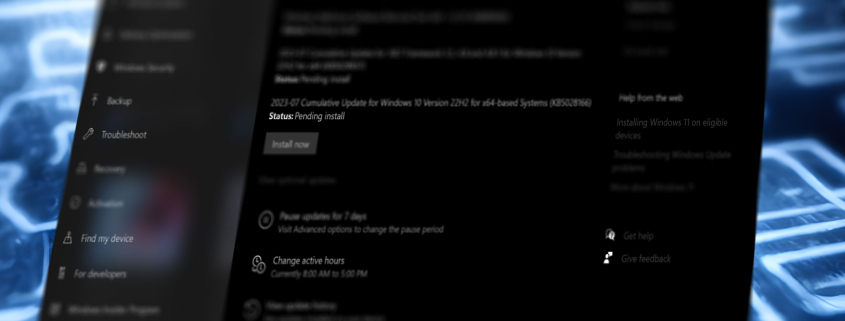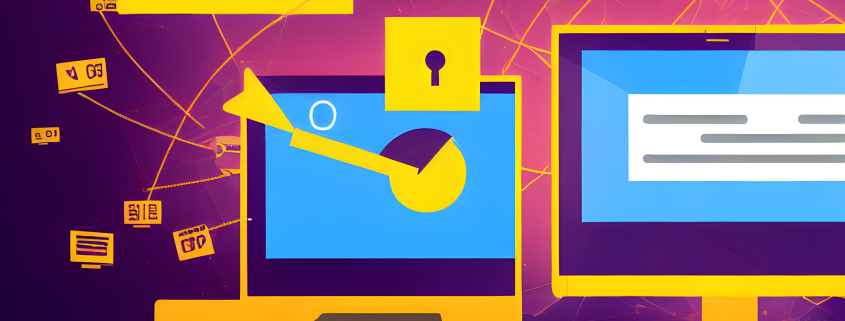The Future of Technology in City Planning and Infrastructure
Technology is rapidly changing the way we live, work, and play. This is also true for city planning and infrastructure. In the future, we can expect to see even more innovative uses of technology to improve our cities.
Here are some of the most promising technologies that are being developed for city planning and infrastructure:
- Artificial intelligence (AI): AI can be used to collect and analyze data to help city planners make better decisions. For example, AI can be used to predict traffic patterns, optimize energy use, and identify areas of crime.
- The internet of things (IoT): The IoT refers to the network of physical devices that are connected to the internet. These devices can collect and share data, which can be used to improve efficiency, safety, and convenience. For example, IoT devices can be used to monitor traffic flow, manage water resources, and track the location of public transportation.
- 3D printing: 3D printing can be used to create custom-made products and components, which can help to reduce waste and improve efficiency. For example, 3D printing can be used to create replacement parts for infrastructure, such as bridges and buildings.
- Virtual reality (VR) and augmented reality (AR): VR and AR can be used to simulate real-world environments, which can help city planners to visualize and test new ideas. For example, VR can be used to simulate traffic patterns, while AR can be used to overlay information on the real world, such as the location of power lines or the path of a proposed development.
- Blockchain: Blockchain is a distributed ledger technology that can be used to record transactions securely and transparently. This could be used to improve the management of city finances, track the flow of goods and services, and ensure the security of critical infrastructure.
These are just a few of the many technologies that are being developed for city planning and infrastructure. As these technologies continue to develop, we can expect to see even more innovative ways to use technology to improve our cities.
Here are some additional benefits of using technology in city planning and infrastructure:
- Improved efficiency: Technology can help to improve the efficiency of city operations, such as traffic management and waste disposal.
- Increased sustainability: Technology can help to make our cities more sustainable by reducing our reliance on fossil fuels and improving energy efficiency.
- Enhanced safety: Technology can help to improve safety in our cities by reducing crime and improving traffic safety.
The future of technology in city planning and infrastructure is bright. By using technology wisely, we can create cities that are more efficient, sustainable, and safe.











